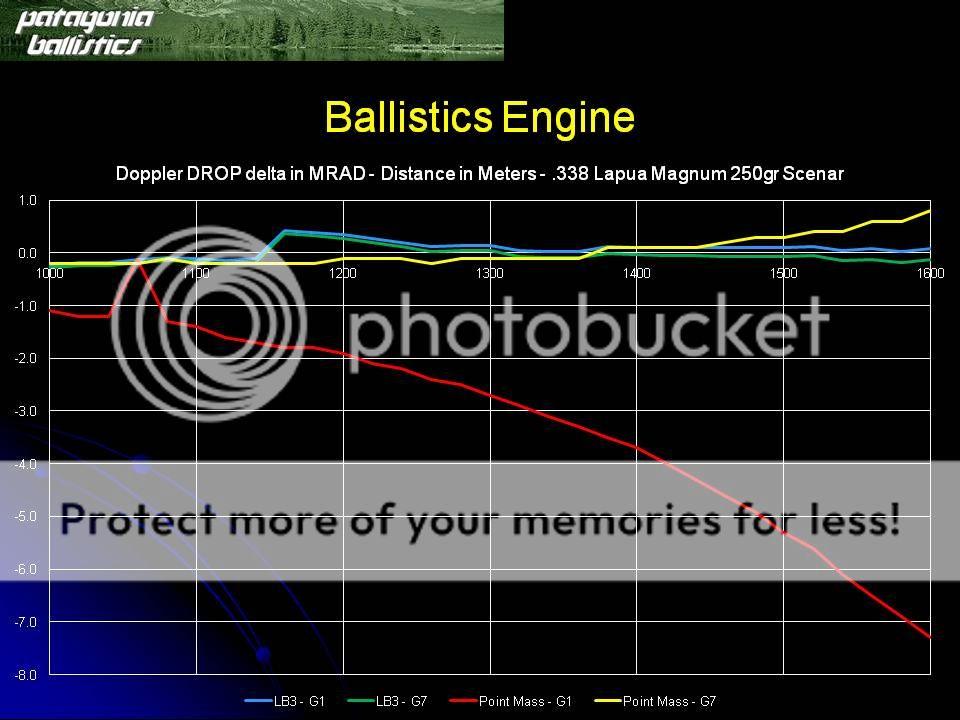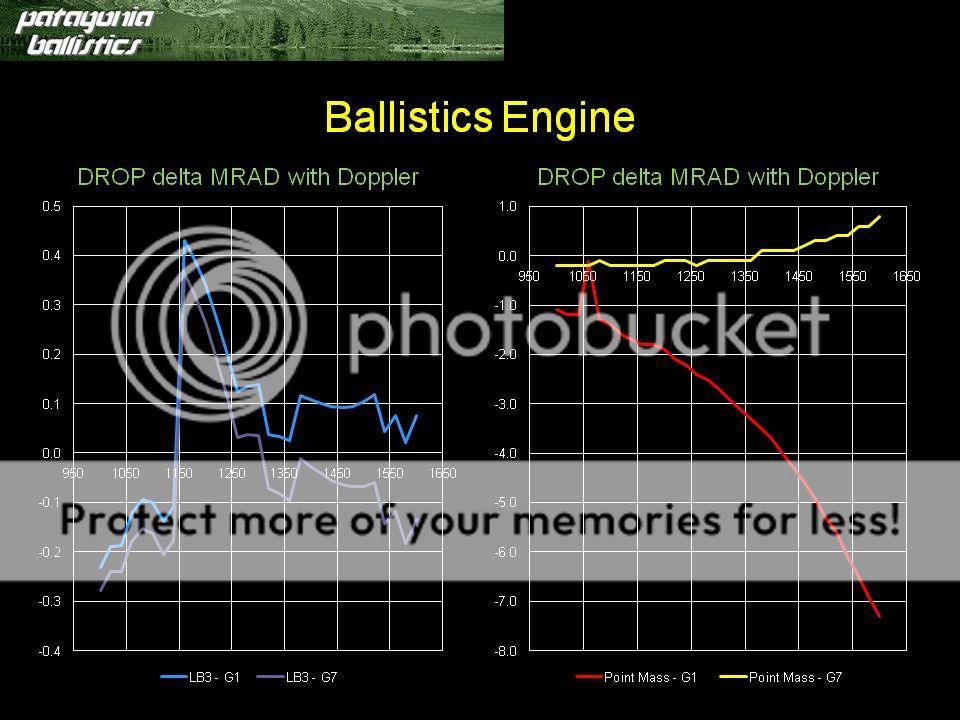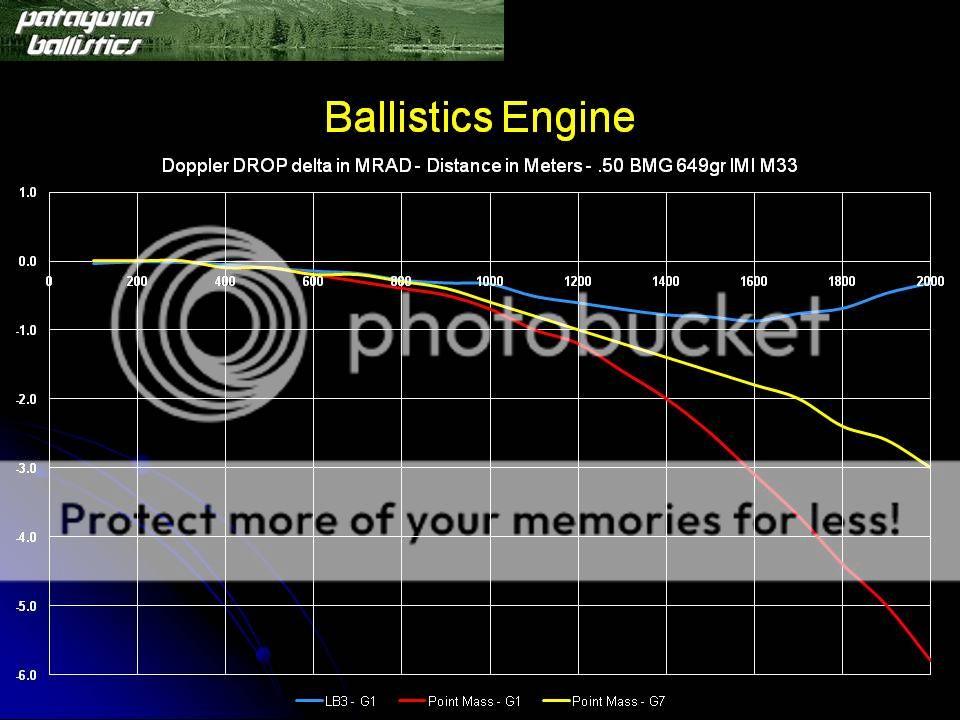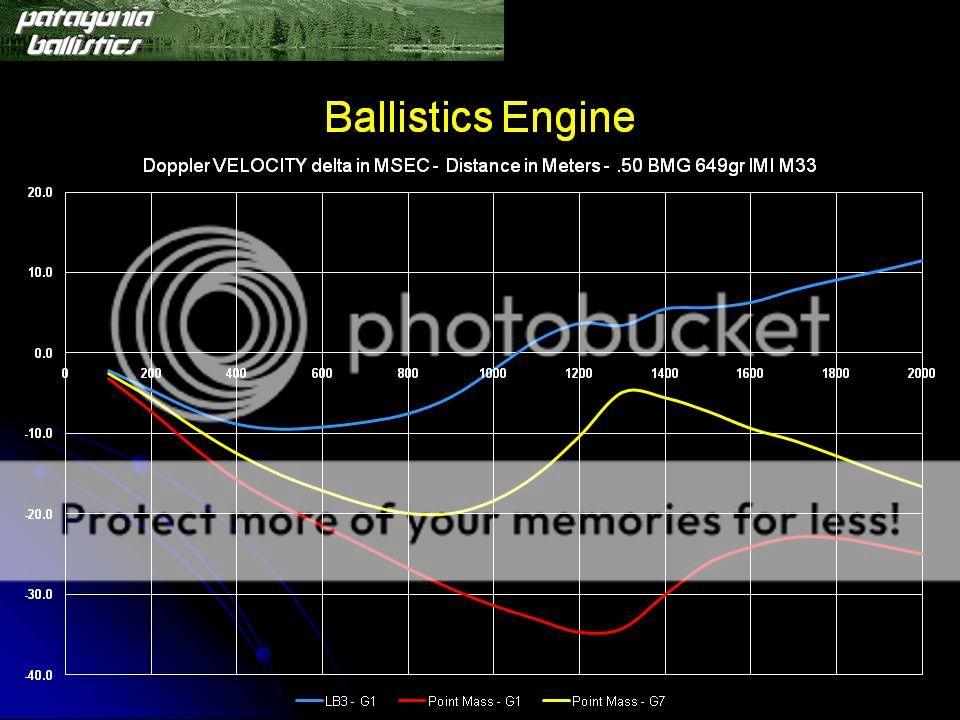bigngreen
Well-Known Member
Bryan, as to LoadBase it does us Mach from what I can gather, from what I've been able to understand LB is not Pejsa only but a proprietary solution, which makes it hard to nail down which is OK.
I guess I have a better idea what to look for when inputting a BC as to which standard I should use, it does seem like a little amount but when shooting at or though transonic and beyond the little things show up, not that I can shoot at that level a lot but I shoot more and more in that range every time out!
I would love to see some guys like you Bryan, Gus, and Gerald in some kinda format like a symposium of type at a college!
Thanks again.
I guess I have a better idea what to look for when inputting a BC as to which standard I should use, it does seem like a little amount but when shooting at or though transonic and beyond the little things show up, not that I can shoot at that level a lot but I shoot more and more in that range every time out!
I would love to see some guys like you Bryan, Gus, and Gerald in some kinda format like a symposium of type at a college!
Thanks again.




